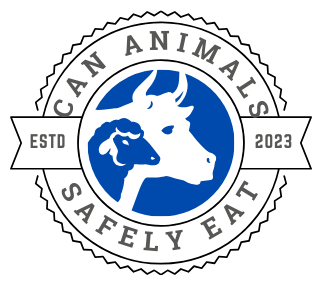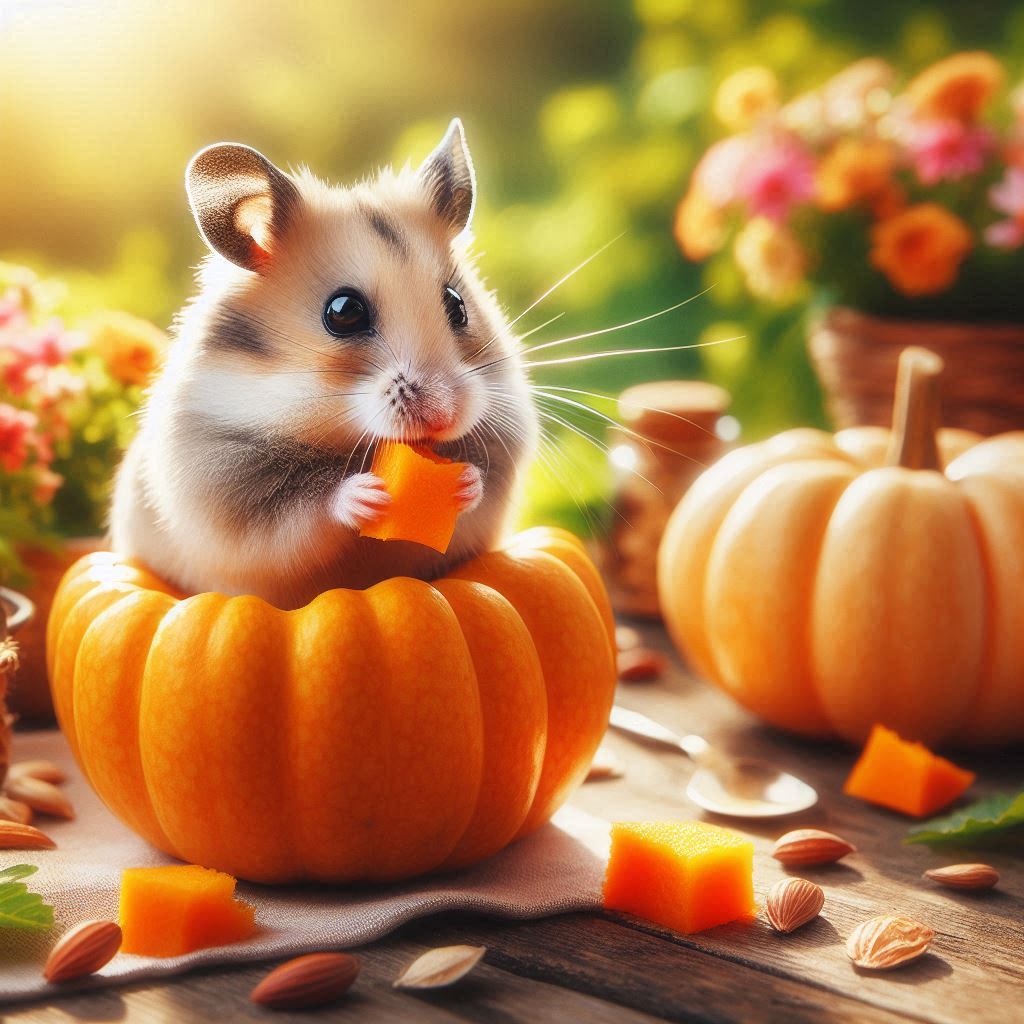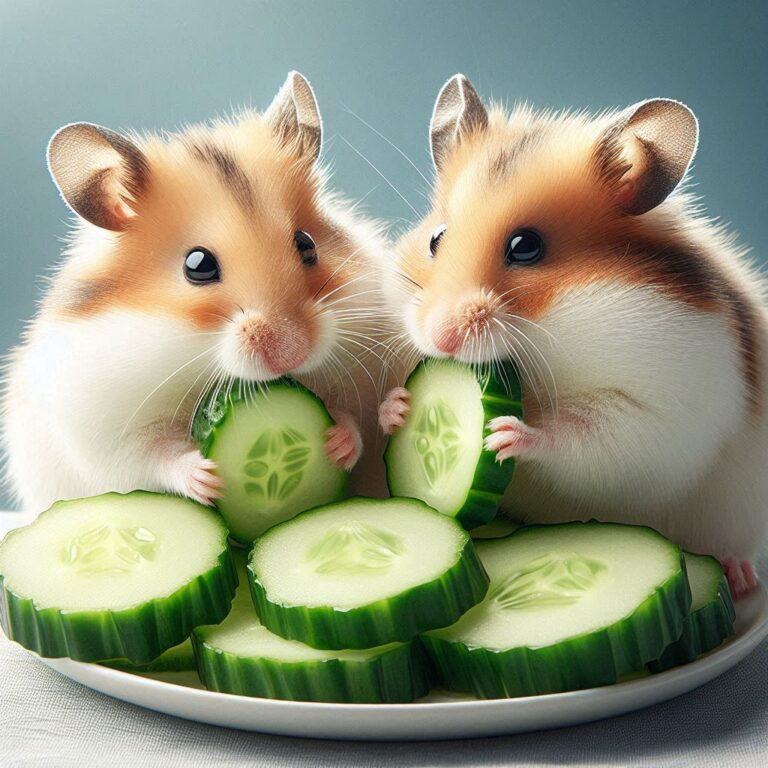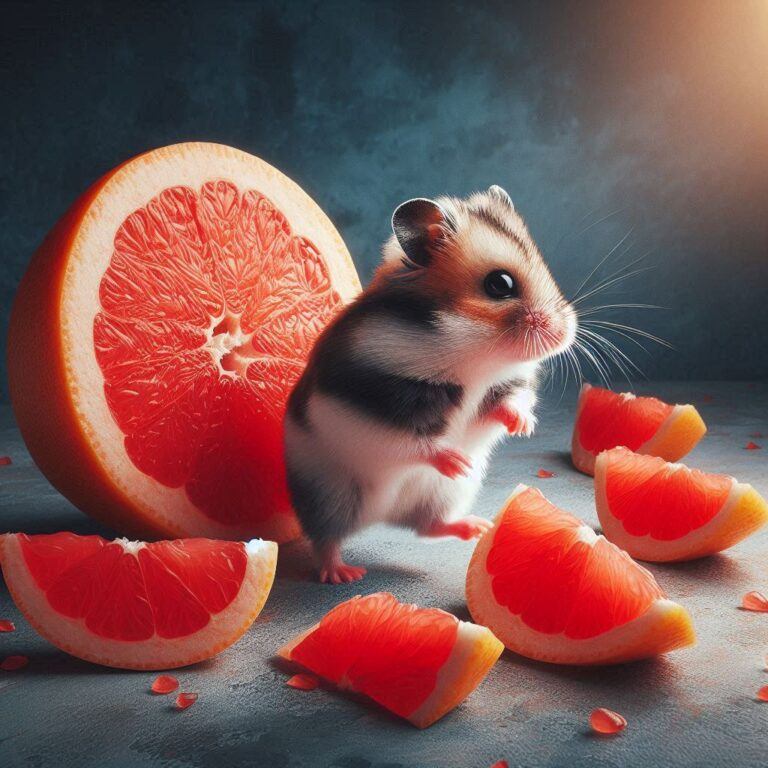Can Hamsters Safely Eat Cooked Seedless Pumpkin
Yes, hamsters can safely eat cooked seedless pumpkins in moderation as part of a balanced diet. Pumpkin is non-toxic for hamsters and provides beneficial nutrients like fiber, vitamin A, and antioxidants.
However, it should be introduced gradually and in small portions to prevent digestive upset.
Nutritional Benefits of Pumpkin for Hamsters
Pumpkin is a nutrient-dense food that can be a healthy addition to a hamster’s diet. It is low in calories but rich in fiber, which aids in digestion and prevents obesity.
Pumpkin is also an excellent source of vitamin A, essential for a hamster’s vision, growth, and immune function.
Additionally, pumpkin contains antioxidants like vitamin C and vitamin E, which help protect hamsters’ cells from damage caused by free radicals.
These antioxidants may also support a healthy immune system and reduce inflammation.
While fresh vegetables like pumpkin should not make up the bulk of a hamster’s diet, they provide valuable variety and nutrients that complement the staples of a hamster’s diet, such as high-quality pellets, hay, and occasional protein sources such as cooked chicken.
How to Safely Feed Pumpkin to Hamsters
To prepare the pumpkin for your hamster, start by cooking it thoroughly. Raw pumpkin can be difficult for hamsters to digest. After cooking, remove the seeds and peel the skin, as these components can cause digestive issues.
Cut the cooked, seedless pumpkin flesh into small pieces or thin slices, roughly the size of your hamster’s ear.
This ensures the portions are appropriate and easy for your hamster to handle and consume.
When introducing pumpkin or any new food to your hamster’s diet, start with a very small amount, about the size of a pea or your hamster’s eye.
Observe your hamster closely for any signs of digestive distress, such as diarrhea or bloating, over the next 24 hours.
If your hamster tolerates the initial small portion well, you can gradually increase the amount over the following days and weeks.
Generally, one to two teaspoons of cooked pumpkin per week is a suitable treat portion for an average-sized Syrian hamster. Smaller dwarf hamsters should receive even smaller portions.
While pumpkin can be a regular part of a hamster’s varied diet, it should not be a daily treat.
Offer pumpkin occasionally, perhaps once or twice a week, to ensure your hamster is getting the necessary nutrients from its primary food sources.
Risks of Overfeeding Pumpkin
While pumpkin is a healthy treat for hamsters, overfeeding it can lead to potential issues. Pumpkin is high in fiber, and too much can cause digestive problems like diarrhea or bloating, even in hamsters accustomed to it.
Additionally, pumpkin contains natural sugars, so excessive portions can contribute to weight gain and obesity, which can be detrimental to a hamster’s health and lifespan.
To avoid these risks, it’s crucial to balance pumpkin with other elements of a hamster’s diet, such as high-quality pellets, seed mixes, hay, and limited sugary treats.
Monitor your hamster’s weight and stool consistency, and adjust portion sizes or frequency accordingly.
If you notice soft or loose stools, reduce or temporarily eliminate pumpkin from your hamster’s diet until their digestive system returns to normal.
Likewise, if your hamster appears to be gaining excessive weight, cut back on pumpkin and other treats while increasing hay and pellet intake.
By following portion guidelines and offering pumpkin as an occasional treat, you can ensure your hamster reaps the nutritional benefits without experiencing negative side effects.
Cooked seedless pumpkin can be a safe and nutritious addition to a hamster’s diet when introduced correctly and fed in moderation.
By understanding the proper preparation methods, portion sizes, and potential risks, you can confidently incorporate this healthy vegetable into your hamster’s varied and balanced diet.
Always monitor your hamster’s reaction to new foods and make adjustments as needed to promote their overall well-being.







